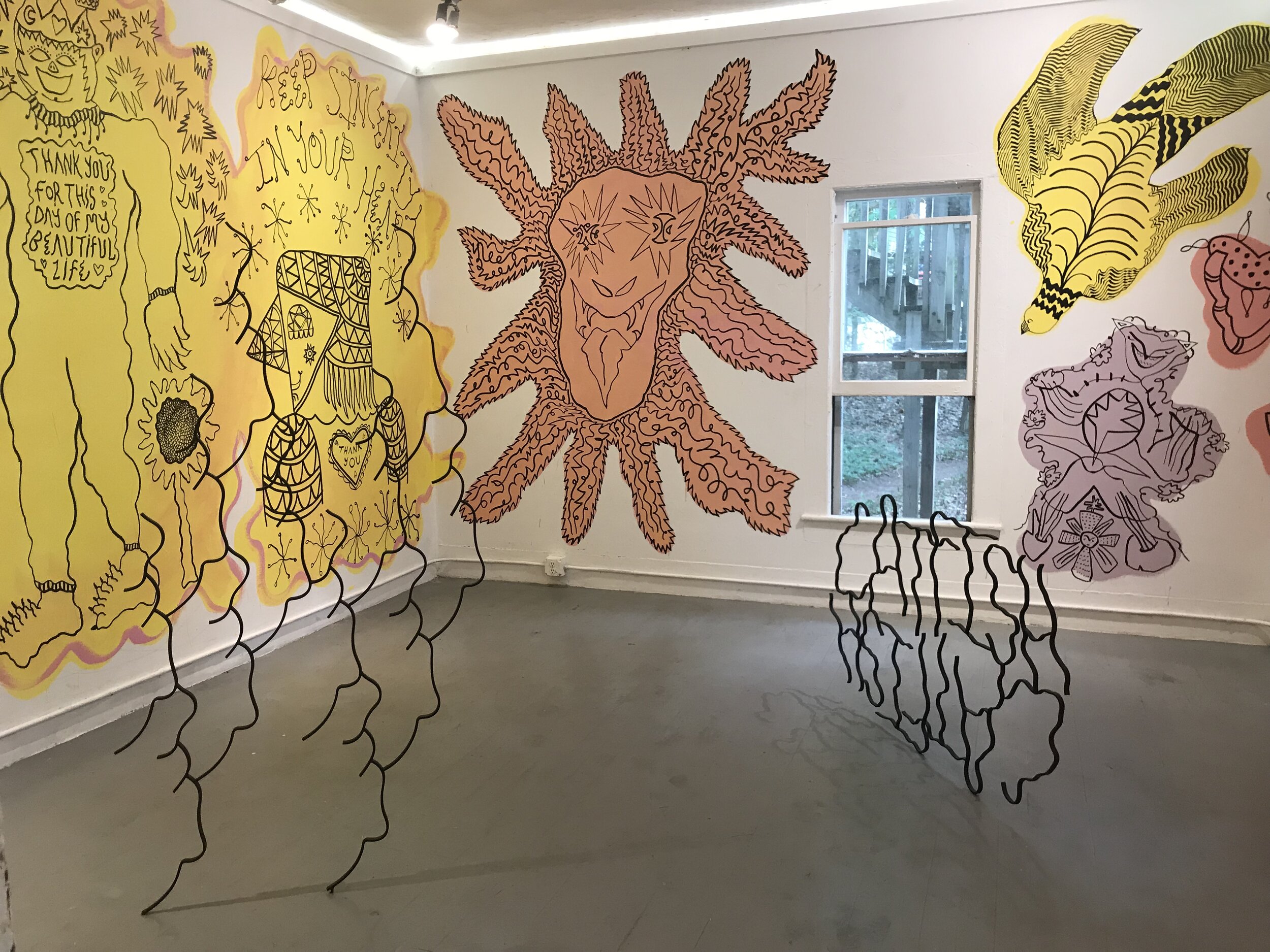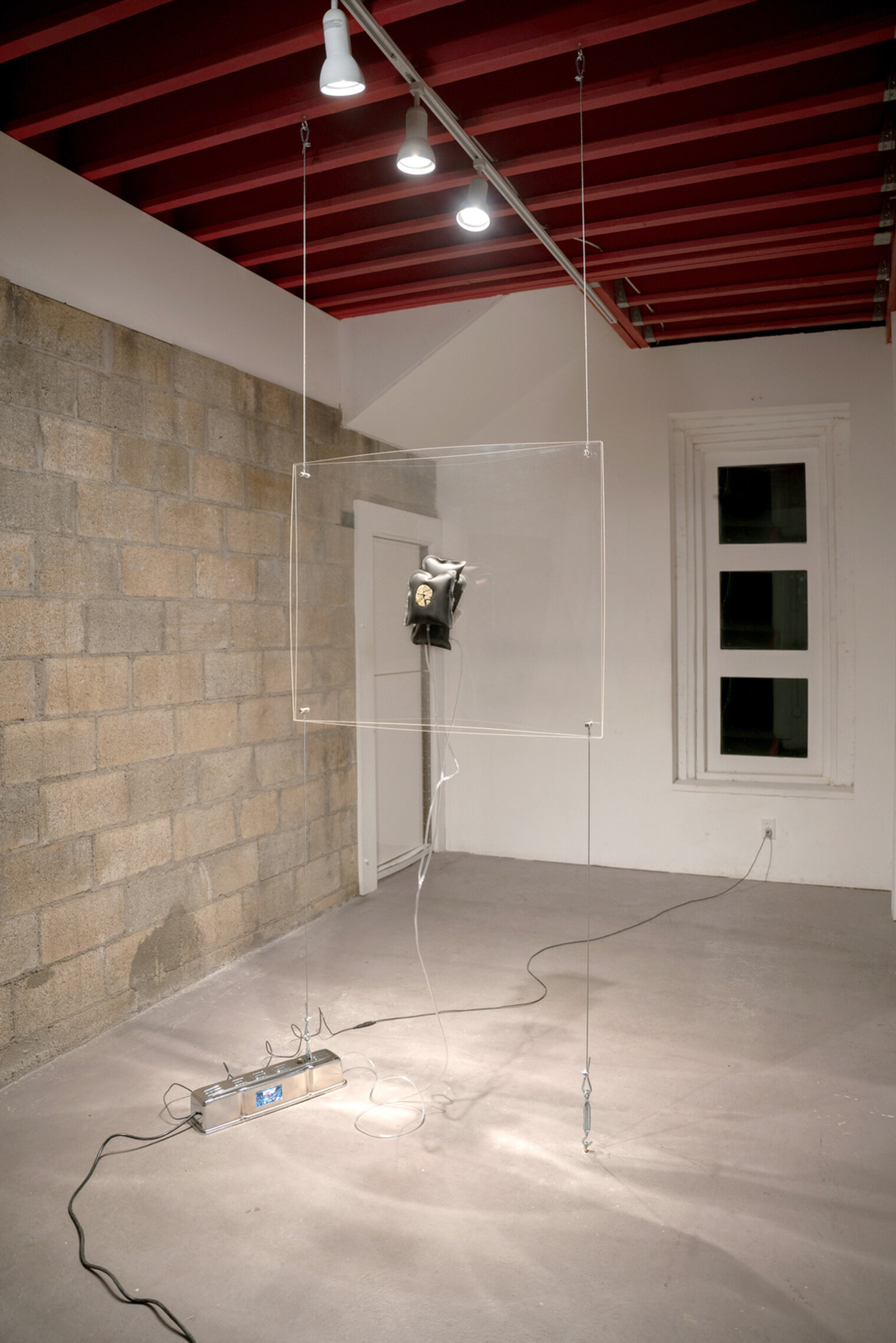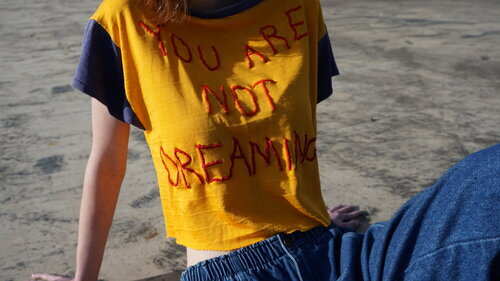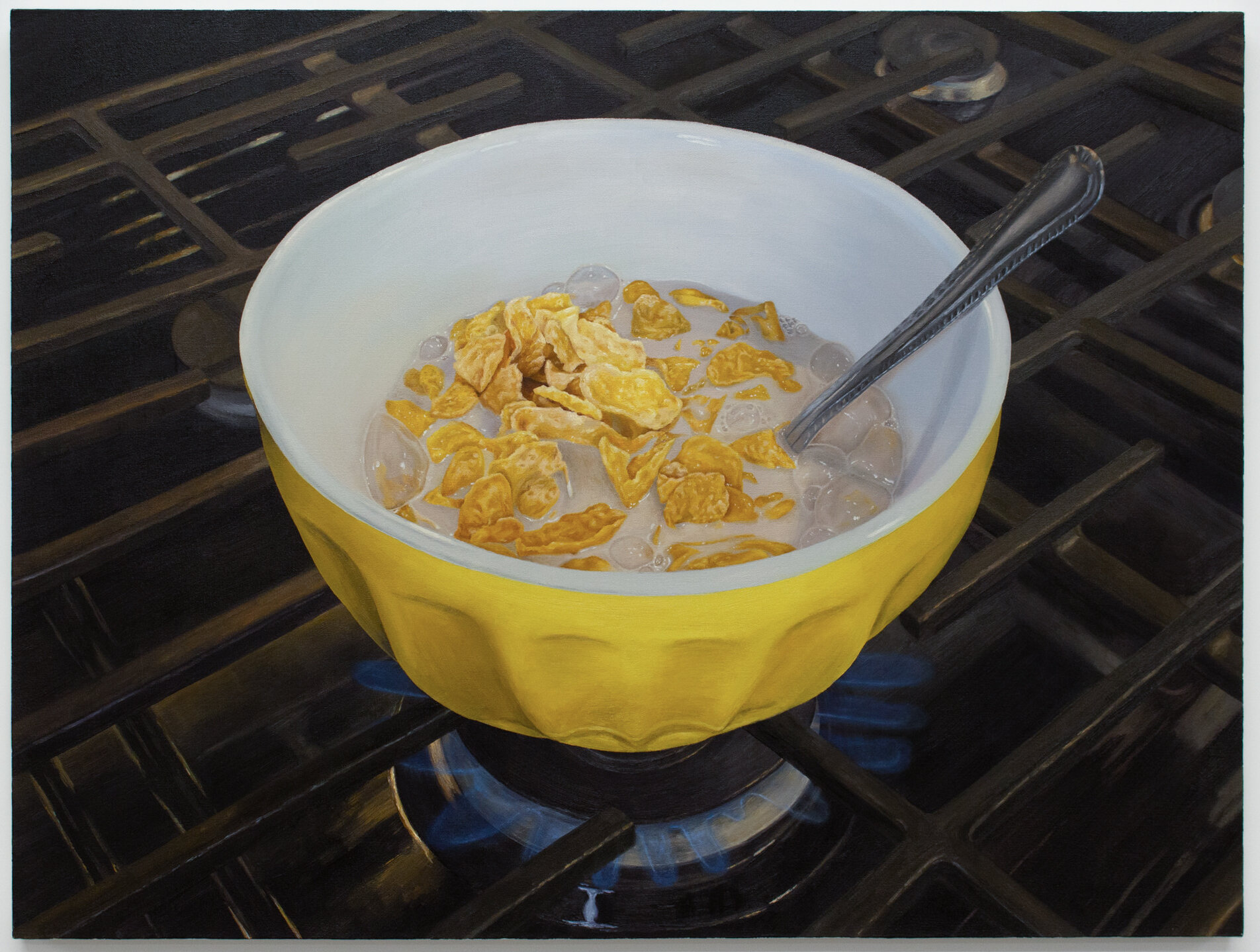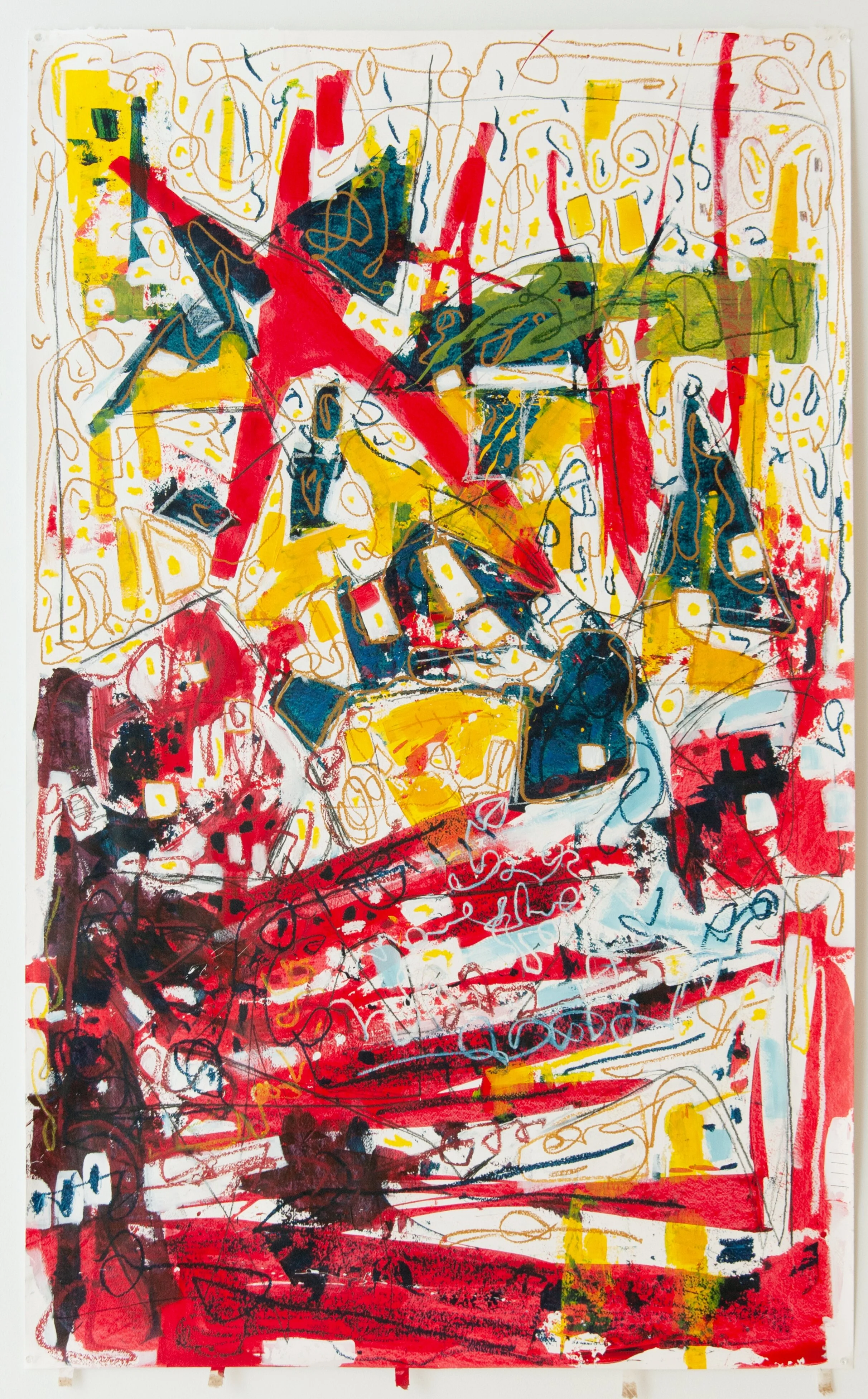Resident Spotlight: Devin Balara
Devin in her studio. Photo by William Johnson. www.wmjohnsonphotography.com
Saria: How did you hear about Stove Works?
Devin: I was friends with Mike Calway-Fagan, he was one of my professors in grad school. He came during my last year so I only really knew him for that year and afterward, we collaborated on a couple of curatorial things together and we decided to keep in touch and have been really good friends. I toured the building three years ago when it was just still bare-bones and I thought, “maybe one day I'll get to be here,” and here I am.
Saria: Where does the inspiration for most of your work come from?
Devin: I've gone through lots of similar ways of working but I've always drawn as a practice. Drawing has always been the way that I figure most things out and I think deciding to give the weight to just the drawing itself was something that I was interested in doing. Instead of the drawing being a plan to make something else that was a little more 3 dimensional, I like letting the drawings speak more for themselves and whatever style I have innately drawing-wise can really translate well into steel, using that line. It's cool too because ultimately the steel kind of does what it wants to do so it gives a little bit of control to the material. I think I get a kick out of that, in the kind of inconsequential way that I've always doodled. I really can take it to the next level and really commit to something that was maybe just meant to be silly or fleeting and take something that I drew in five seconds and then spend 20 hours realizing it.
Saria: How would you describe your style?
Devin: I've always been pretty meticulous. I think my work is always something I'm coming up against. It seems like things can sometimes look too finished or too polished but I think that's just me. It's something that I've always gotten criticism for. The ideas in my head are loose and I think that sometimes it can feel different for people who perceive it as being very skill-based. My style is detail-oriented and in my mind, I don't think that I come across as too much of a control freak with everything that I do but I think maybe that is something I just need to accept. I want to feel loose and I'm constantly trying to give myself that challenge to loosen up a little bit but the more I accept my natural tendencies. Idea-wise, that's where I try to insert the messy or silly, looseness. I definitely prioritize humor in my work. If my work is being its most honest reflection of me I want viewers to have a laugh.
Saria: Were you always interested in sculpture, how did you start working with steel?
Devin: When I was little I drew a lot, I was always fussing on making things like getting in the bath pretending that I was like a chemist and mixing all of my mom's shampoo together, and building things out in the woods. Coming of age I was way more into music and I played bass clarinet and I was in a band and the kind of school I went to, you were only allowed to do one creative thing at a time and I chose music. When I got to college I thought I was going to study psychology or some facet of sociology and for undergrad, I needed credit so I took a drawing class and I ended up meeting four or five people that I am still really good friends with. All of us burst out into different areas of the art world. During those drawing classes my teachers were like, “you're an artist” but I was like “I am?” Then I took sculpture and I was shyer back then and it was an intimidating environment. I was really intimidated working around these skilled people, luckily the metalworking area happened to be in the very back of the sculpture studio and I would pull the curtain and be alone and get to do my own thing. In the department, there were really incredible teachers. There was a husband and wife team and they are so encouraging and through that experience, I realize I love steel and it loves me back. It's such amazing material.
Saria: Some of your work like the pieces from your solo show, What Did You Expect? What More Do You Want? have a feeling of playfulness in them, you create these little characters who go on to have their own life. How do you see your sculptures as they exist in space after you’ve made them?
Devin: That body of work was definitely centered around the idea that if you go outside things are going to happen or if you go outside you're gonna see something. Outside meaning outside of your house or maybe hiking or in a space that you haven't been. In that show there's a snake coming out of a mailbox, there’s a narrative there, maybe a short one but it's there. That was an idea that I didn't see happen but I'm sure it has happened. I like working the way I do because I like that you can see everything through each other and they morph and change as you walk around them. I like that each one comes with a kind of narrative.
with Dove Drury-Hornbuckle in "Faeries in America"
Saria: How does your personal identity factor into your work?
Devin: Humor, it's definitely the most “me.” I think I'm funny and I love to make myself laugh and it's a gift when I make someone else laugh too. First and foremost it has to do with what makes me laugh and then I think about the degree of laughter. Especially the work that I've been making here. I didn't work for almost a year before I got here. When you make work that's intentionally silly, it's really easy to talk yourself out of things. Like who cares and who is this helping and why bother? How do I reconcile making jokes when things are getting sad and scary? So, instead of making work, before I came here, I was by Lake Michigan at Oxbow and collected rocks. When I was young I always collected things. Then I got interested in teaching myself about these rocks and learning names and other information. I broke into it and saw how it was connected to everything, thinking about prehistory time. I drew from those ideas and also the object and tools of learning. I'm trying to pick from all the things I've learned. I have to think about what is the thing I care the most about lately and its rocks!
Saria: A lot of your work also stands on its own, seeming precariously balanced, is that a feature that relates to the meaning of the art or just a stylistic choice?
Devin: I think it's stylish in that I like the illusionary aspect of it. There are a couple of things I've been making that sort of deal with that. I made a couple of things that look like a table but it's a flattened drawing of a table where the legs are kind of floating, two are attached to the ground and two are floating. It looks like it's foreshortened but you come to it and it's actually flat. I also like magic in general so the magic aspect makes me want it to feel weightless. I also like my object to have a relationship with what they are shown with. The best exhibitions I've had have been with one or two other friends. I make my work so it can be around other people's work, and I like the way that it becomes a drawing that is superimposed on whatever someone else has made, at the same time it’s hyper present from one view and could completely disappear from the side.
Saria: How have you seen yourself grow as an artist since your time here at Stove Works?
Devin: Yeah, I don't often have the studio., I always have the metal shop but outside of institutions or some residencies, I've never had an actual studio that’s mine. I get to pretend and play artist and it actually does affect you, acting it out. Here is my desk, and I hang my drawing on the walls, and I have my coffee and here I draw and I look out the window. That's been a fun aspect of it, to embody and act like an artist. It helps. Also, it's nice to have people around you that are kind of doing the same thing. It's great always to have fresh eyes and opinions on your work, and you see people working with new techniques. I've definitely come more to appreciate this region and the many gifts of the Cumberland Plateau. I've done lots of long drives, looking in creeks for rocks. And it's great to have a studio just to feel like you can really look at what you made. I don't get that in the metal shop as much, there’s never quite the white wall to see something up against. I still always leave spaces like this feeling recharged, and I gain enough personal momentum so when I leave here it's not over. And I've re- fallen in love with drawing.
Saria: What are you doing after you leave Stove Works?
Devin: I'm going back to Oxbow, back to the snow. The metal shop unfortunately is entirely outdoors, open-air so it won't be workable till May. But there's plenty of indoor spaces and many places to be. It's such an excellent place to live and work.
About Devin
Devin Balara is an artist who works with sculpture and metalwork. She has been working with metals for 11 years. She studied in Jacksonville at UNF and got her MFA in sculpture at Indiana University in Bloomington, where she saw snow for the first time. She has worked at the University of Tennessee in the metal shop and at the Ox-Bow School of Art in Michigan. Now she calls Ox-Bow home though she would say she feels very nomadic. She values humor in her work and is interested in working meticulously while still embracing the idea of looseness and fun. She is also interested in geology and collects and studies rocks which inform her newer work. She has a piece in the Stove Works gallery in our Resident show Hot Doughnuts which is up till March 27th. She was a resident here from December through the end of February.
http://www.devinbalara.com/
ABOUT ME, THE INTERVIEWER
My name is Saria Smith, and I am a BFA student currently working as a Curatorial Assistant at Stove Works Gallery. I am an artist and find joy in expressing myself through various ways involving, working with found objects, collage, and music. I decided to start these artist interviews as a way for the public to connect more with the residents who flow through Stove Works perhaps unseen, especially during this pandemic.





